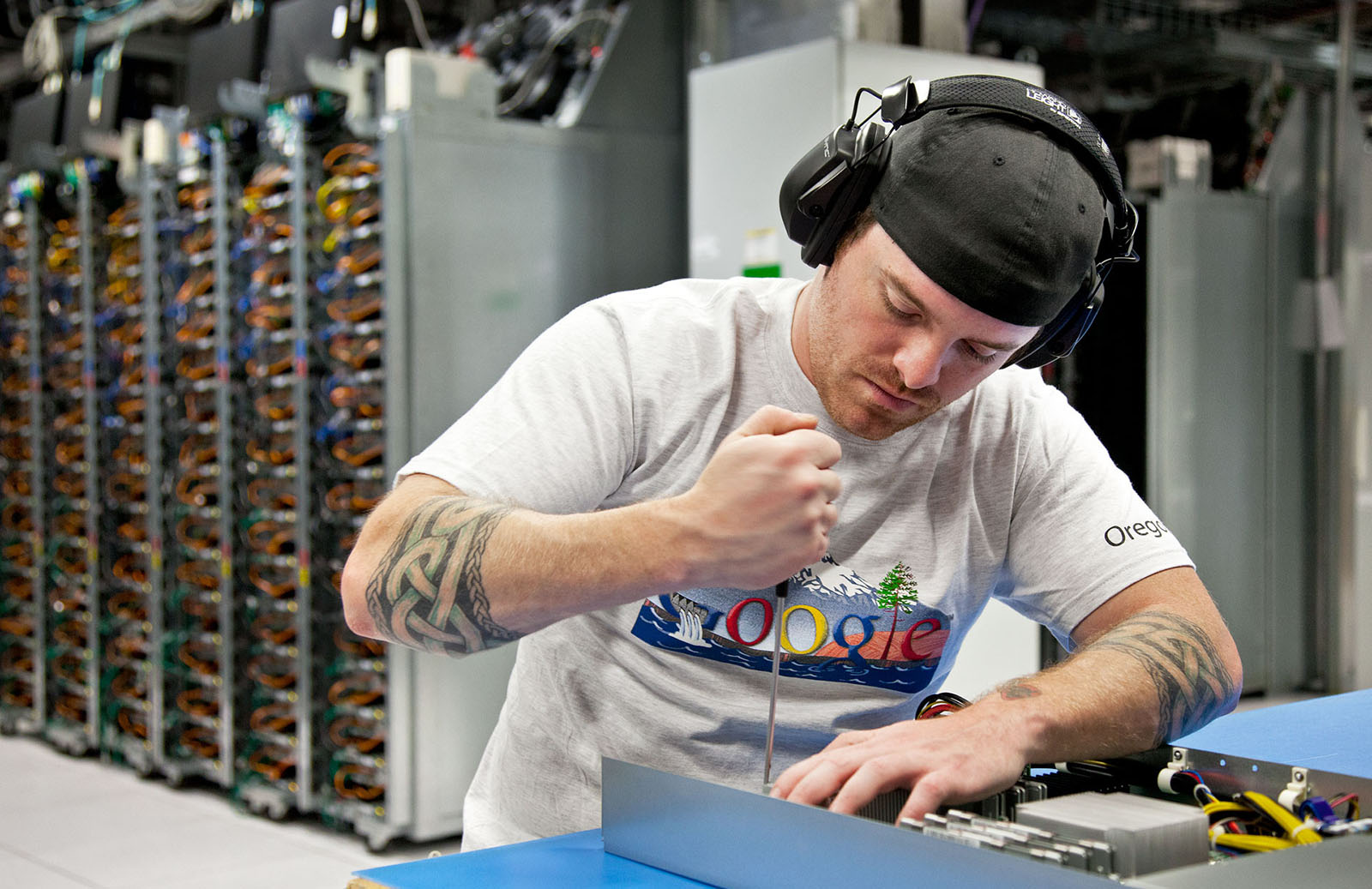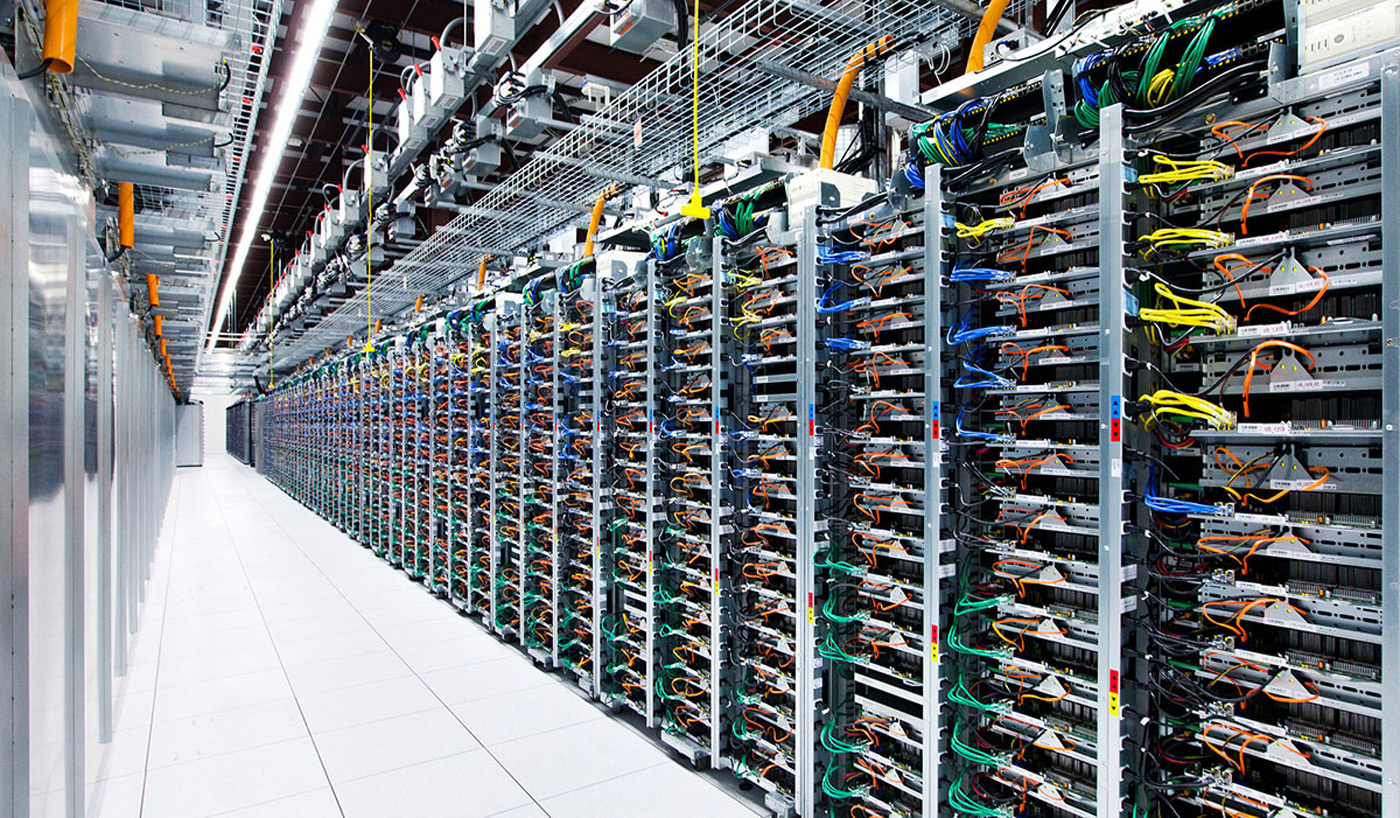AMD Open 3.0 Brings Simplicity, Power Efficiency and Cost-Effectiveness to the Data Center
Unveils First-ever Open, Modular Platform for the Masses
SANTA CLARA, Calif. -1/16/2013
OPEN COMPUTE SUMMIT - AMD (NYSE: AMD) today is launching the AMD Open 3.0 platform (formerly codenamed "Roadrunner,") a radical rethinking of the server motherboard designed to the standards developed by the Open Compute Project. AMD Open 3.0 enables substantial gains in computing flexibility, efficiency and operating cost by simplifying motherboard design with a single base product to address multiple enterprise workloads, including high-performance computing, cloud infrastructure and storage. This innovative design is optimized to eliminate features typically over-provisioned in traditional server offerings.
Today's servers are designed with a "one size fits most" approach incorporating many features and capabilities that can inefficiently utilize space and power, increasing cost. Many mega data centers have engineers developing optimized platforms with the minimum set of components for specific workloads. The desired result is a tailored solution with the ideal combination of power, space and cost. The AMD Open 3.0 platform is designed to easily enable IT professionals to "right size" the server to meet specific compute requirements. Fidelity Investments and Goldman Sachs are evaluating AMD Open 3.0 as part of their collaboration on the Open Compute Project.
"We became involved with the Open Compute Project very early as we saw a pervasive demand for simplified, energy efficient servers," said Suresh Gopalakrishnan, corporate vice president and general manager, Server, AMD. "Our goal is to reduce data center power consumption and cost yet increase performance and flexibility- we believe that AMD Open 3.0 achieves this."
"This is a realization of the Open Compute Project's mission of 'hacking conventional computing infrastructure,'" said Frank Frankovsky, chairman of the Open Compute Foundation and VP of Hardware Design and Supply Chain at Facebook. "What's really exciting for me here is the way the Open Compute Project inspired AMD and specific consumers to collaboratively bring our 'vanity-free' design philosophy to a motherboard that suited their exact needs."
AMD Open 3.0, powered by the recently announced AMD Opteron[TM] 6300 Series processors, can be installed in all standard 19" rack environments without modification, as well as in Open Rack environments. The AMD Open 3.0 motherboard is a 16" x 16.7" board designed to fit into 1U, 1.5U, 2U or 3U rack height servers. It features two AMD Opteron 6300 Series processors, each with 12 memory sockets (four channels with three DIMMs each,) 6 Serial ATA (SATA) connections per board, one dual channel gigabit Ethernet NIC with integrated management, up to four PCI Express(R) expansion slots, a mezzanine connector for custom module solutions, one serial port and two USB ports. Specific PCI Express card support is dependent on usage case and chassis height.
Pre-production AMD Open 3.0 systems are currently available to select customers. Production systems from Quanta Computer and Tyan are expected to be available through Avnet Electronics Marketing, Penguin Computing and other system integrators before the end of Q1.
"We have eagerly awaited the AMD Open 3.0 platform as it brings the benefits and spirit of the Open Compute Project to a much wider set of customers," said Charles Wuischpard, CEO, Penguin Computing. "As we deliver a new line of Penguin servers based on AMD Open 3.0 and AMD Opteron 6300 Series processors, our high performance computing, cloud and enterprise customers can now deploy application-specific systems using the same core building blocks that are cost, performance and energy optimized and perhaps most important, consistent. We think this initiative eliminates unnecessary complexity and provides new levels of supportability and reliability to the modern data center."
 Google recently friended arch-rival Facebook's Open Compute Project (OCP) to help it with power-sucking data centers, and that relationship is already paying off. Google revealed its first contribution to the project, Open Rack 2.0, a design for shal...
Google recently friended arch-rival Facebook's Open Compute Project (OCP) to help it with power-sucking data centers, and that relationship is already paying off. Google revealed its first contribution to the project, Open Rack 2.0, a design for shal...
 Google recently friended arch-rival Facebook's Open Compute Project (OCP) to help it with power-sucking data centers, and that relationship is already paying off. Google revealed its first contribution to the project, Open Rack 2.0, a design for shal...
Google recently friended arch-rival Facebook's Open Compute Project (OCP) to help it with power-sucking data centers, and that relationship is already paying off. Google revealed its first contribution to the project, Open Rack 2.0, a design for shal...
 Facebook and Google aren't the best of friends, but they're willing to make exceptions for the right causes: Google has joined Facebook's Open Compute Project in a bid to improve data centers everywhere. It's starting off by contributing a new server...
Facebook and Google aren't the best of friends, but they're willing to make exceptions for the right causes: Google has joined Facebook's Open Compute Project in a bid to improve data centers everywhere. It's starting off by contributing a new server...






